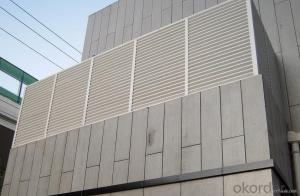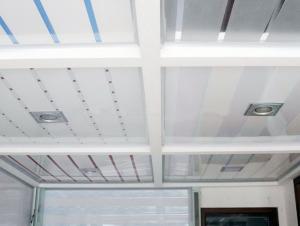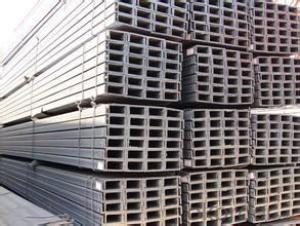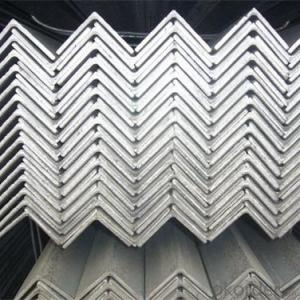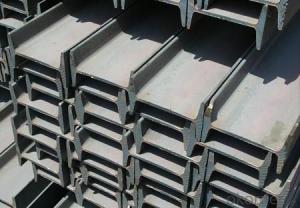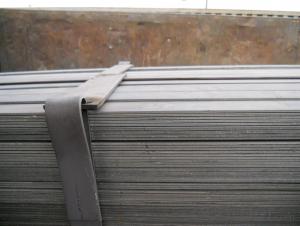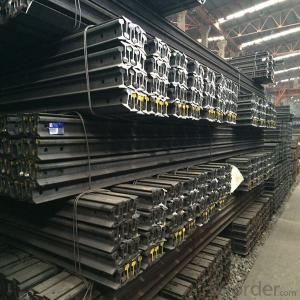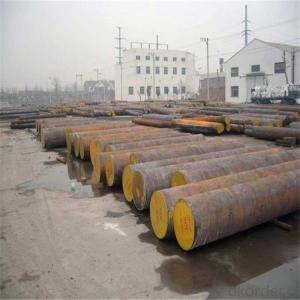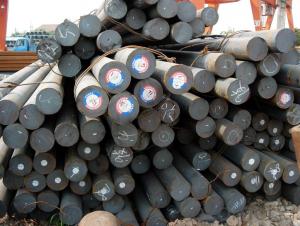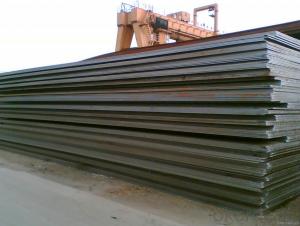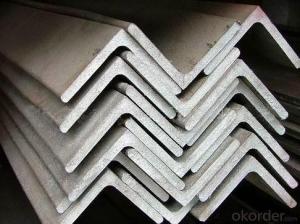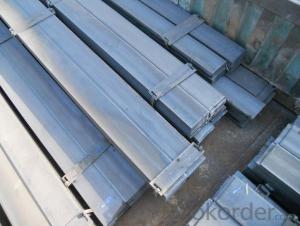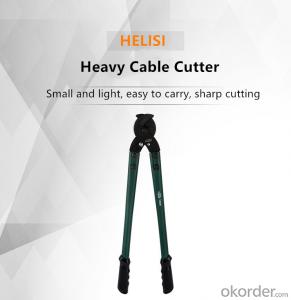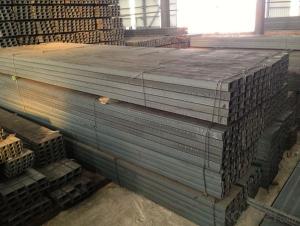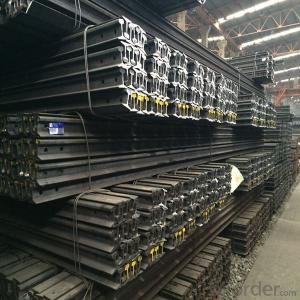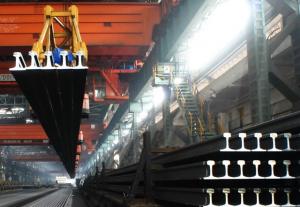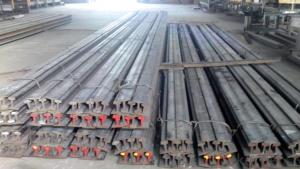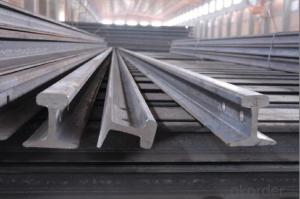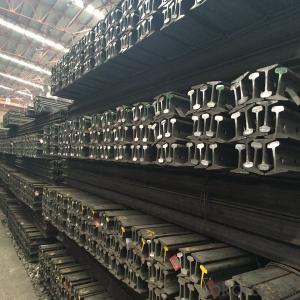Hot Rolled Mild Steel
Hot Rolled Mild Steel Related Searches
Best Paint For Stainless Steel Blanket Insulation For Steel Buildings Primer For Galvanized Steel Foam Filter For Stainless Steel H S Code For Stainless Steel Surface Grinding Wheels For Stainless Steel Surface Grinding Wheels For Hardened Steel Hole Saw For Stainless Steel Paint For Stainless Steel Stainless Steel For BbqHot Searches
Steel Mesh Panels For Sale Stainless Steel Tank For Sale Stainless Steel Sheets For Sale Cheap High Tea Sets For Sale Stainless Steel Tanks For Sale Stainless Steel For Sale High Density Fiberboard For Sale Solar Hot Water Collectors For Sale Scaffolding For Sale In Uae Scaffolding For Sale In Ireland Scaffolding For Sale In Houston Price Of Shipping Containers For Sale Used Solar Inverter For Sale Portable Led Signs For Sale Stone Hot Water Bottles For Sale Aluminum Coil Stock For Sale Large Led Screens For Sale Aluminum Gutter Coil For Sale Used Aluminum Scaffolding For Sale 1/4 Aluminum Plate For SaleHot Rolled Mild Steel Supplier & Manufacturer from China
Okorder.com is a professional Hot Rolled Mild Steel supplier & manufacturer, offers integrated one-stop services including real-time quoting and online cargo tracking. We are funded by CNBM Group, a Fortune 500 enterprise and the largest Hot Rolled Mild Steel firm in China.Hot Products
FAQ
- What railway tracks are also live?
- The train rail itself will take this as a weak current signal return train communication, its voltage is the human body do not feel the signal through the wheel to rail to train, car drivers can tell the recent feedback before and after the train distance, and prevent rear end crash.
- Steel rails are specifically designed to handle heavy loads and freight trains efficiently and safely. They are made from high-quality steel, which provides exceptional strength and durability. The rails are laid on a solid foundation, allowing them to distribute the weight of the trains evenly and prevent excessive wear or damage. Additionally, the shape of the rails, with a wide base and a slightly curved top, helps to minimize stress and maintain stability, even under heavy loads and frequent train movements. Overall, steel rails are engineered to withstand the immense pressure and weight of freight trains, ensuring reliable and smooth transportation of goods.
- Yes, steel rails can be used in areas with high levels of air pollution. Steel is a durable and resilient material that can withstand various environmental conditions, including high levels of air pollution. However, regular maintenance and cleaning may be necessary to prevent the buildup of pollutants on the rails, which could potentially affect the train's performance or safety. Additionally, using protective coatings or implementing measures to reduce air pollution can help prolong the lifespan of steel rails in these areas. Overall, while steel rails can be used in areas with high air pollution levels, it is important to consider the specific conditions and take appropriate measures to ensure their optimal functionality and longevity.
- There are several methods used for rail welding on steel rails, each with its own advantages and disadvantages. 1. Thermite Welding: This is a commonly used method where a chemical reaction is used to generate intense heat to melt the ends of the rail and a pre-placed thermite mixture. The molten metal then solidifies to form a strong joint. Thermite welding is known for its high strength and durability. 2. Flash Butt Welding: This method involves clamping the two rail ends together and passing a high electric current through them. The heat generated by the resistance of the metal causes the rail ends to become molten, and they are then forged together under pressure. Flash butt welding provides a high-quality joint that is efficient and durable. 3. Gas Pressure Welding: In this method, the rail ends are heated using oxy-fuel flames until they reach a plastic state. Then, the rail ends are pressed together using hydraulic pressure. The heat and pressure create a fusion that results in a strong joint. Gas pressure welding is cost-effective and commonly used for routine maintenance and repairs. 4. Electric Arc Welding: This method involves using an electric arc to melt the rail ends and a consumable electrode, which provides the filler metal. The molten metal solidifies to form a joint. Electric arc welding is a versatile method that can be used for both field and factory welding, but it is less commonly used for rail welding due to its slower process and lower strength compared to other methods. 5. Magnetic Pulse Welding: This is a newer technique where a high-intensity magnetic field is used to accelerate one rail end towards the other. The impact generates heat, and the rail ends are fused together under pressure. Magnetic pulse welding is known for its speed and precision, but it is still being developed for rail welding applications. It is important to note that the choice of welding method depends on various factors, such as the type of rail, location, required strength, and welding equipment availability. Each method has its own advantages and limitations, and the selection should be based on the specific needs and requirements of the rail project.
- Different applications and requirements can be accommodated by steel rails of various sizes. The weight per yard is used to designate the most commonly used sizes of steel rails. These sizes typically range from 25 pounds per yard (25 lb/yd) to 175 pounds per yard (175 lb/yd). The lighter weight rails, such as the 25 lb/yd and 30 lb/yd, find use in light-duty applications like temporary tracks, small industrial railroads, and certain mining operations. These rails possess relative flexibility and can be easily transported and installed. Medium weight rails, such as the 40 lb/yd, 60 lb/yd, and 85 lb/yd, are commonly employed in mainline and branch line tracks for various industries, including transportation, mining, and construction. These rails offer a suitable combination of strength and flexibility that makes them appropriate for a wide range of applications. Heavier weight rails, such as the 100 lb/yd, 115 lb/yd, 132 lb/yd, and 141 lb/yd, are primarily utilized in heavy-duty applications such as heavy haul tracks, high-speed railways, and heavy industrial tracks. These rails possess superior strength and durability, enabling them to withstand heavy loads and intense traffic conditions. Furthermore, there are larger sizes of steel rails, such as the 155 lb/yd and 175 lb/yd, which are specifically used in applications that require extreme strength and durability, such as heavy haul railways and specialized industrial tracks. It should be noted that the specific sizes and weight capacities of steel rails may vary depending on the country and railway standards. Therefore, it is crucial to consult the appropriate industry standards and specifications to determine the suitable size of steel rails for a particular application.
- There are several types of steel rail coatings, including epoxy coatings, polyurethane coatings, zinc-based coatings, and thermoplastic coatings. These coatings serve different purposes such as corrosion protection, wear resistance, and reducing noise and vibration.
- Yes, steel rails can be used in tramway crossings. Steel rails are commonly used in tramway systems as they are strong, durable, and able to withstand heavy loads and frequent use. Tramway crossings are areas where the tram tracks intersect with other roads or pedestrian pathways. These crossings need to be built to withstand the weight and impact of trams passing over them, and steel rails are well-suited for this purpose. The steel rails used in tramway crossings are typically designed to be sturdy and provide a smooth and safe transition for trams, ensuring a comfortable ride for passengers. Additionally, steel rails can be easily maintained and repaired when necessary, making them a practical choice for tramway crossings.
- The use of steel rails in various industries and transportation systems has several environmental implications. Firstly, the extraction and production of steel require significant amounts of energy and natural resources. The mining of iron ore, coal, and limestone, which are essential components of steel production, can lead to habitat destruction, deforestation, and the release of harmful pollutants into the air and water. Additionally, the process of converting these raw materials into steel involves high temperatures and emissions of greenhouse gases, contributing to climate change and air pollution. Secondly, the transportation and installation of steel rails can have negative environmental impacts. The transportation of steel from production facilities to construction sites often involves long-haul trucking or shipping, which can generate greenhouse gas emissions and contribute to air pollution. Moreover, the installation of steel rails may require land clearing, further disrupting ecosystems and potentially leading to habitat loss for wildlife. Furthermore, steel rails can have impacts on local ecosystems and water resources. Runoff from railway tracks may contain pollutants such as heavy metals, oils, and chemicals used for maintenance and lubrication. These pollutants can contaminate nearby soil and water bodies, posing risks to both human health and ecological balance. However, it is important to note that steel rails can also have positive environmental implications. Compared to alternative materials like concrete, steel is highly recyclable. At the end of their lifespan, steel rails can be recycled and repurposed, reducing the need for new steel production and conserving resources. Additionally, the durability and strength of steel rails contribute to the longevity of rail infrastructure, reducing the need for frequent replacements and the associated environmental impacts. In conclusion, the use of steel rails has various environmental implications, including energy-intensive production processes, greenhouse gas emissions, habitat destruction, and potential pollution of water resources. However, the recyclability and longevity of steel rails offer opportunities for mitigating these environmental impacts. As with any material or technology, it is essential to consider a comprehensive life-cycle analysis to understand and minimize the environmental implications of using steel rails.

